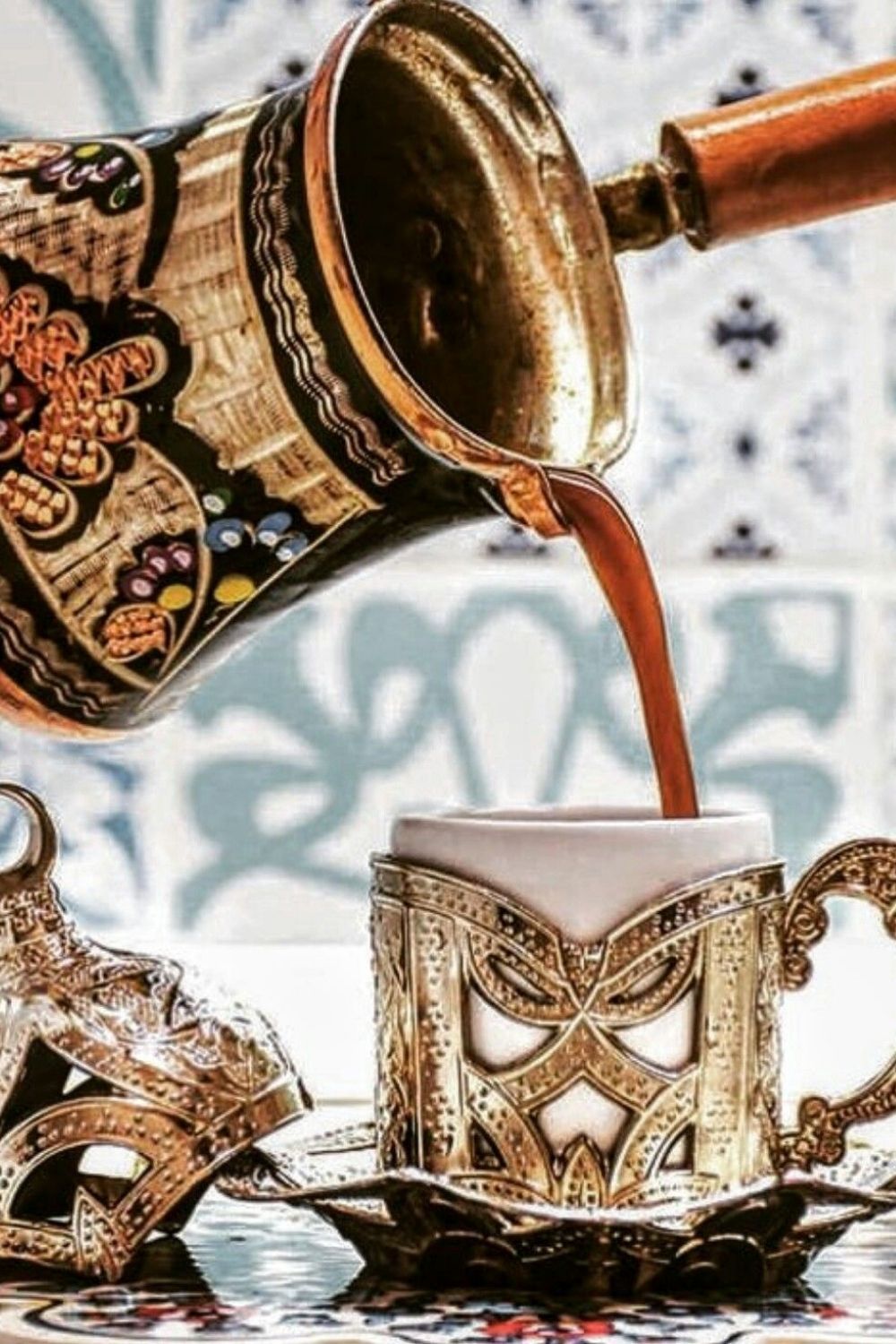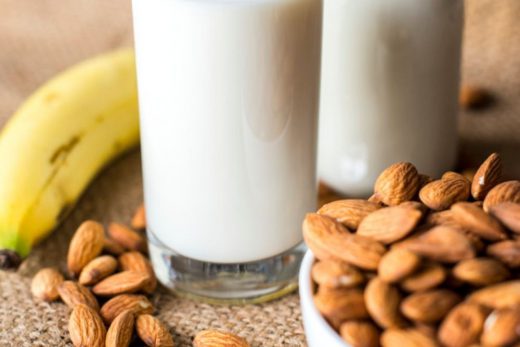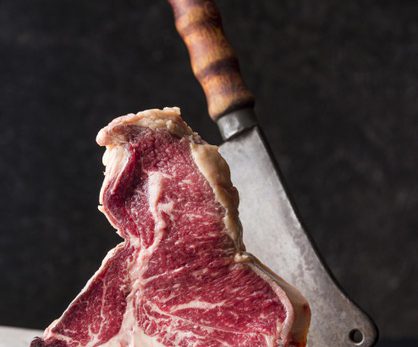Although Nairobi had been occupied by the Maasai before the coming of the white man, during the colonial period, the African settlements in the city were largely dominated by members of the Agikuyu community. In fact, during the Mau Mau rebellion of the 1950s, these Agikuyu were the target of Operation Anvil, an anti-Gikuyu crusade by the colonial administration. The influx of the Agikuyu into the city from Central Kenya and the colonial government’s apartheid housing policies, meant that the Agikuyu as well as other African communities were corralled into cramped housing units in estates such as Bahati, Kaloleni, and Pumwani. Because of the close proximity these communities shared, their respective cultures mixed with one another, and they acquired each other’s cultural habits. Thus, mutura slowly stopped being only Kikuyu fare and was picked up by the other communities. Like, twenty shillings, the first round; then, another twenty. And another. And another. This happens regardless of how much mutura one wanted to have beforehand. Clifton, a veteran mutura eater, tells me, “I always do ya twenty. Then add another.





